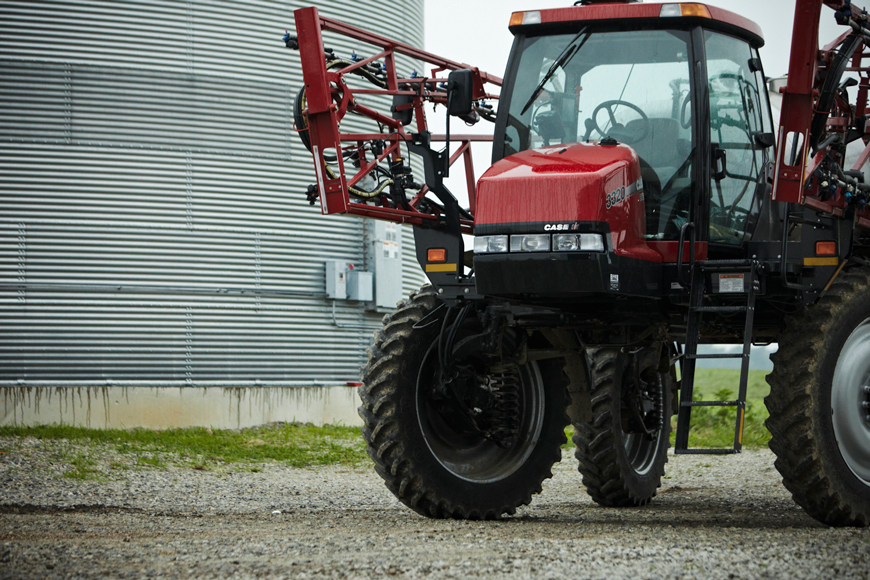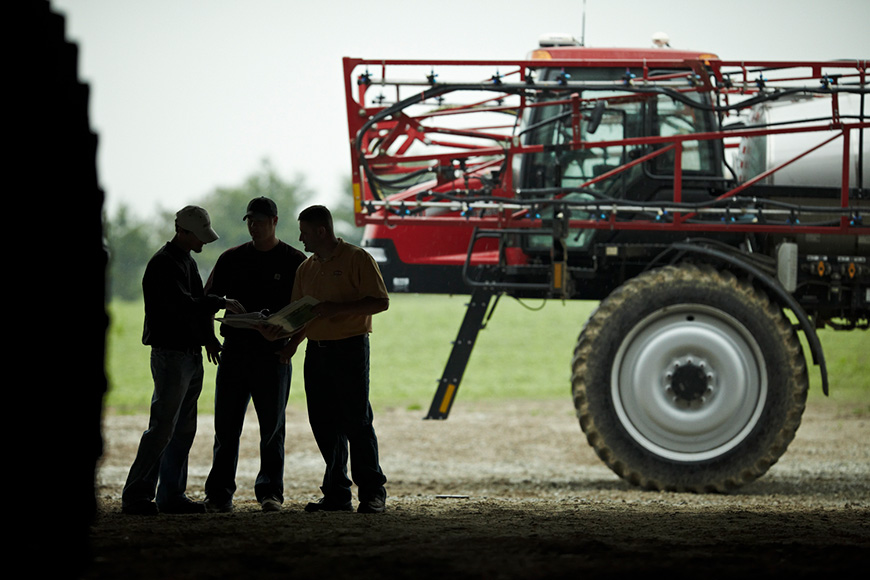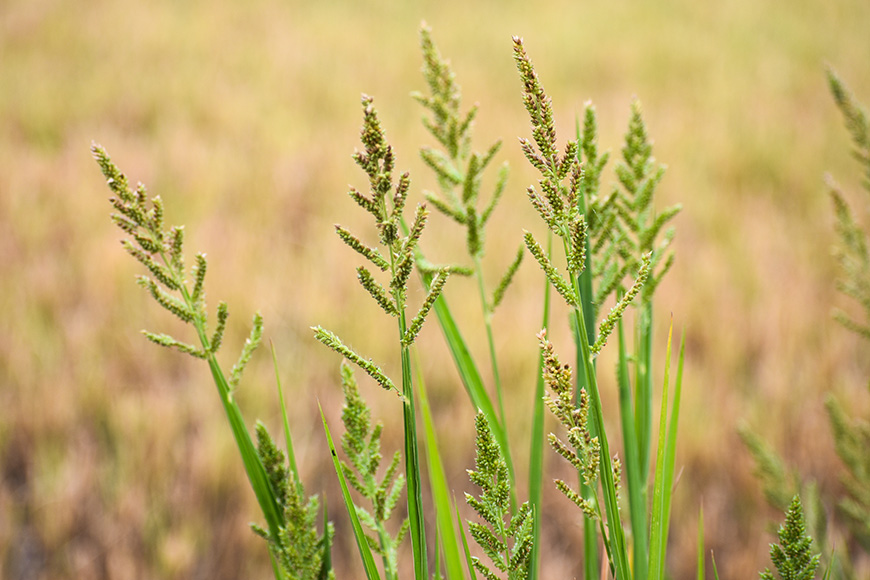Prioritize ROI and Boost Plant Health With a Fungicide Application

At the beginning of the 2020 growing season, we introduced five fundamental decisions to help you improve the profitability of your operation. One of those fundamental decisions, an effective fungicide application, is especially relevant now as you scout for potential disease outbreaks in your fields. A well-timed fungicide application not only helps manage disease pressure; it can help save you money, boost yield potential and promote plant health at the same time.
There’s still time to protect your crop’s yield potential with a well-timed fungicide application. Here are some of the benefits of doing so.
1. Positive yield response
WinField® United’s response-to-fungicide (RTF) data has identified certain seed genetics that are highly responsive to fungicide applications regardless of visible disease. There are also new high-performing fungicides that provide flexibility in application timing to fit diverse late-season plant health strategies.
Even during an average-yielding year, we can still see a positive yield response when a fungicide is applied. In 2019, the national average RTF between a corn plant that received a fungicide application at R1 and untreated control was an additional 16.1 bushels per acre for the fungicide application.1
2. Optimized plant health
In addition to protecting plants from disease, a fungicide application is the right type of management tactic to employ to boost plant health, especially on acres with high yield potential. Fungicides suppress ethylene production, which helps keep plant cells young. High-functioning plant cells help convert sunlight energy into sugars and, ultimately, into plant matter and yield. They also help plants more efficiently assimilate nitrogen into cells and build protein.
3. Improved ROI potential with an adjuvant in the tank
If you are investing in a fungicide application, you want to ensure that application reaches its target. Including a product like MasterLock® adjuvant in the spray tank keeps more spray droplets in the ideal size range so they are able to do so. Answer Plot® data has shown a 5.7-bushel-per-acre average yield increase in corn when MasterLock is added to the spray tank along with a fungicide compared to using only a fungicide.2
When spraying a fungicide on corn, you may also want to include MAX-IN® Boron or a foliar micronutrient in the tank. For soybeans, a fungicide can be mixed with an insecticide for aphids in early August or with a late herbicide application.
WinField United data shows that farmers may be leaving hundreds of dollars per acre in the field by not leveraging our quality data to support their decision-making. Your trusted advisor can provide recommendations to help you reclaim these dollars, often without spending more. Talk with them today about ways you can enjoy a strong finish to the season.
1. National average difference between fungicide application at R1 and untreated control. 2019 Answer Plot program data.
2. WinField United. 14 studies, 8 states, all fungicides. 2012–2017.
All photos are either the property of WinField United or used with permission.
Important: Before use always read and follow label instructions. Crop performance is dependent on several factors many of which are beyond the control of WinField United, including without limitation, soil type, pest pressures, agronomic practices, and weather conditions. Growers are encouraged to consider data from multiple locations, over multiple years, and be mindful of how such agronomic conditions could impact results.
© 2020 WinField United. Answer Plot®, MasterLock®, MAX-IN® and WinField® are trademarks of WinField United.




